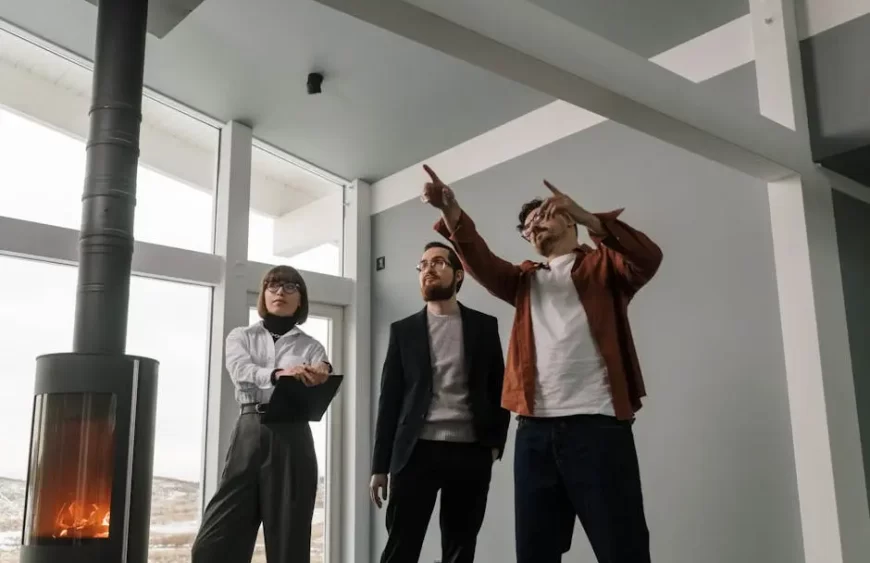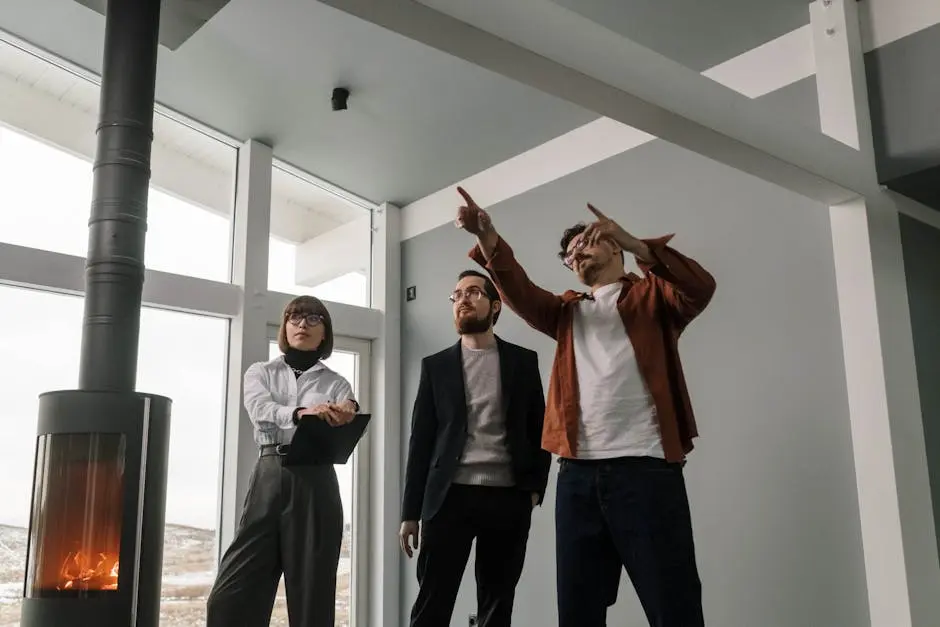15 Common Gas Fireplace Issues and How to Fix Them
April 22, 2025 2025-04-22 17:3115 Common Gas Fireplace Issues and How to Fix Them

15 Common Gas Fireplace Issues and How to Fix Them
Gas fireplaces are a wonderful addition to any home, providing warmth and ambiance with the flick of a switch. However, like any appliance, they can occasionally encounter problems. In this article, we’ll explore some of the most common issues you might face with your gas fireplace and offer simple, practical solutions to help you get it back up and running smoothly.
1. Pilot Light Troubles
If your pilot light won’t stay lit or won’t light at all, it could be due to a dirty thermocouple or a faulty sensor. Cleaning the thermocouple with a piece of sandpaper can often solve this issue. If the problem persists, consider replacing the thermocouple.
Another factor that can affect the pilot light is the gas line pressure. If the pressure is too low, the pilot might not be able to stay lit. You may need to contact a professional to adjust the gas pressure settings to ensure they are at the recommended levels. Also, ensure there’s no draft near the fireplace, as it can blow out the pilot light.
2. Ignition Problems
Ignition problems can be frustrating, but they are usually easy to fix. Make sure the ignition switch is clean and functioning properly. If the switch appears fine, check the wiring connections to ensure they are secure.
Sometimes the gas fireplace ignition might fail due to a problem with the ignition module itself. In such cases, consulting the fireplace’s manual to reset the module can help. If your fireplace still struggles to ignite, it may require a more thorough maintenance check, potentially involving replacing the module or components related to it.
3. Unusual Odors
A smell of gas is always a concern and should not be ignored. Check for leaks and make sure the venting is clear. If you detect gas, it’s important to turn off your fireplace and call a professional immediately.
Apart from gas leaks, another reason for unusual odors could be dust buildup in the unit, which burns off after turning on the fireplace after a long period. To prevent this, consider a regular cleaning schedule. However, if the burning smell persists, it may indicate residues or debris that needs cleaning or parts that require maintenance.
4. Pilot Flame is Weak or Intermittent
This could be due to an obstructed vent or a clogged burner port. Clear any obstructions from the vent and clean the burner with a soft brush. If the issue continues, the gas pressure may need adjustment.
Additionally, check for drafts around your fireplace. A draft may cause the flame to become weak or go out. Small gaps in window seals or around the fireplace itself can create airflow problems. Finally, a deteriorating thermocouple can lead to intermittent pilot flame issues: replacing it can stabilize the problem.
Keep in mind, ensuring proper airflow and maintaining a clean environment around your fireplace can significantly improve the performance and steadiness of the pilot flame. Remember to regularly service your fireplace for optimal functionality.
5. Remote Control Malfunctions
First, ensure that the batteries are fresh and inserted correctly. If the remote still doesn’t work, try resetting it according to the manufacturer’s instructions. Sometimes, pairing the remote with the fireplace needs to be redone.
Another common problem could be interference between the remote and the fireplace’s receiver. Make sure there are no heavy or dense objects blocking the signal. If you have other electronic gadgets nearby, consider moving them away to see if that helps resolve the issue. In case of persistent issues, you might need to consult the manufacturer’s troubleshooting guide.
6. Burner Won’t Light
Check to see if the gas valve is fully open. Clean the burner ports with a soft brush or compressed air. Another possibility is a faulty gas valve, which may require replacement.
It’s also worthwhile to check if the thermocouple is functioning correctly, as it plays a crucial role in signaling gas flow. Should the burner still fail to light after these checks, the issue might be more complex, requiring an inspection by a qualified technician to ensure safe operation.
7. Soot Buildup
Soot can be unsightly and should be addressed promptly. Regular cleaning with a soft cloth and occasional professional cleaning can prevent buildup. Ensure the air-to-gas ratio is adjusted correctly to prevent excess soot.
The presence of soot indicates incomplete combustion, often due to clogged burner ports or incorrect settings. Adjusting the burner settings and ensuring regular cleaning are essential procedures. It’s advisable to schedule annual maintenance checks to prevent such buildups, which includes professional inspections.
8. Glass Doors Aren’t Sealing Properly
This issue can lead to inefficiency and fumes entering the room. Inspect the gasket around the door and replace it if it’s worn or damaged. Proper sealing ensures optimal operation.
In addition to regular inspections, maintaining and cleaning the gasket and door frame can help maintain an effective seal. Refrain from using abrasive cleaners that might degrade the gasket material over time. If unsure about the right products to use, consulting with fireplace maintenance experts is recommended.
Remember, a well-sealed fireplace not only enhances efficiency but also contributes significantly to safety, preventing unwanted air drafts or gas escape into your living area. Regular maintenance of the seals can thus be both a safety and cost-saving measure.
9. Strange Sounds
Popping or whistling noises can often be traced back to an issue with the blower fan or ductwork. Tighten loose fittings and consider lubricating mechanical parts.
Rattling sounds might be due to loose elements within the fireplace unit or issues with the gas pressure. Ensuring that the unit is firmly secured and consulting with a professional if necessary can address these noise concerns. Running regular maintenance checks is beneficial in identifying and fixing such issues effectively.
10. Thermostat Issues
If the thermostat isn’t working, ensure it’s set to the correct mode and temperature. Cleaning the sensor can improve accuracy. Inconsistent heating may require thermostat calibration or replacement.
Additionally, verify the electrical connections leading to and from the thermostat; loose connections can lead to inaccurate readings or failure in communication between the thermostat and heating unit. If these steps don’t resolve the issue, getting in touch with a technician might be necessary to determine if a replacement is warranted or if there are further underlying problems.
For more comprehensive troubleshooting and servicing, repeated professional check-ups can ensure system reliability while optimizing your fireplace’s performance.





